This article was adapted from the book The Art of Settlement, written by Jason Lazarus.
The Medicare program—and the related Social Security Disability Income/Retirement benefit (SSDI)—is one of the primary benefit programs available to those who are injured and disabled. Understanding the basics of this program is imperative to protecting the client’s eligibility for their benefits.
Medicare and SSDI benefits are an entitlement and are not income or asset sensitive. Clients who meet Social Security’s definition of disability and have paid enough quarters into the system can receive disability benefits regardless of their financial situation.
The SSDI benefit program is funded by the workforce’s contribution into FICA (Social Security) or self-employment taxes. Workers earn credits based on their work history and a worker must have enough credits to get SSDI benefits should they become disabled. Medicare is a federal health insurance program. Medicare entitlement commences at age sixty-five or two years after becoming disabled under Social Security’s definition of disability. Medicare coverage is available again without regard to the injury victim’s financial situation.
The Medicare program is made up of different parts. Part A and Part B are thought of as traditional Medicare, which includes hospital insurance and medical insurance. Part A is the hospital insurance which covers inpatient care in hospitals and skilled nursing facilities (it does not cover custodial or long-term care—only Medicaid does). Part B benefits cover physician visits, durable medical equipment, and hospital outpatient care. It also covers some of the services Part A doesn’t cover, such as physical and occupational therapies as well as some home healthcare. Part D is prescription drug coverage that is provided by private insurers approved by and funded by Medicare. Part C—Medicare Advantage Plans or MAOs, offers all of the coverages through Parts A, B, and D but through a private insurer approved by Medicare. It is an alternative to the service fees for Parts A and B coverages, which can be elected and purchased by a Medicare beneficiary.
There is a connection between Medicare eligibility and SSDI. SSDI beneficiaries receive Part A Medicare benefits, which covers inpatient hospital services, home health, and hospice benefits. Part B benefits cover physicians’ charges, and SSDI beneficiaries may obtain coverage by paying a monthly premium. Part D provides coverage for most prescription drugs, but it is a complicated system with a large copay called the donut hole.
SSDI is the only way to get Medicare coverage prior to retirement age. This is pertinent as many injury victims become Medicare eligible by virtue of disability. Medicare and Social Security Disability Income benefits are an entitlement and are not income or asset sensitive like Medicaid/SSDI. Clients who meet Social Security’s definition of disability and have paid in enough quarters into the system can receive disability benefits without regard to their financial situation. The SSDI benefit program is funded by the workforce’s contribution into FICA (Social Security) or self-employment taxes. Workers earn credits based on their work history and a worker must have enough credits to get SSDI benefits should they become disabled. Medicare is our federal health insurance program and as discussed above, is broken up into multiple parts. Medicare entitlement commences at age sixty-five or two years after becoming disabled under Social Security’s definition of disability.
For more advice on Medicare, you can find The Art of Settlement on Amazon.




